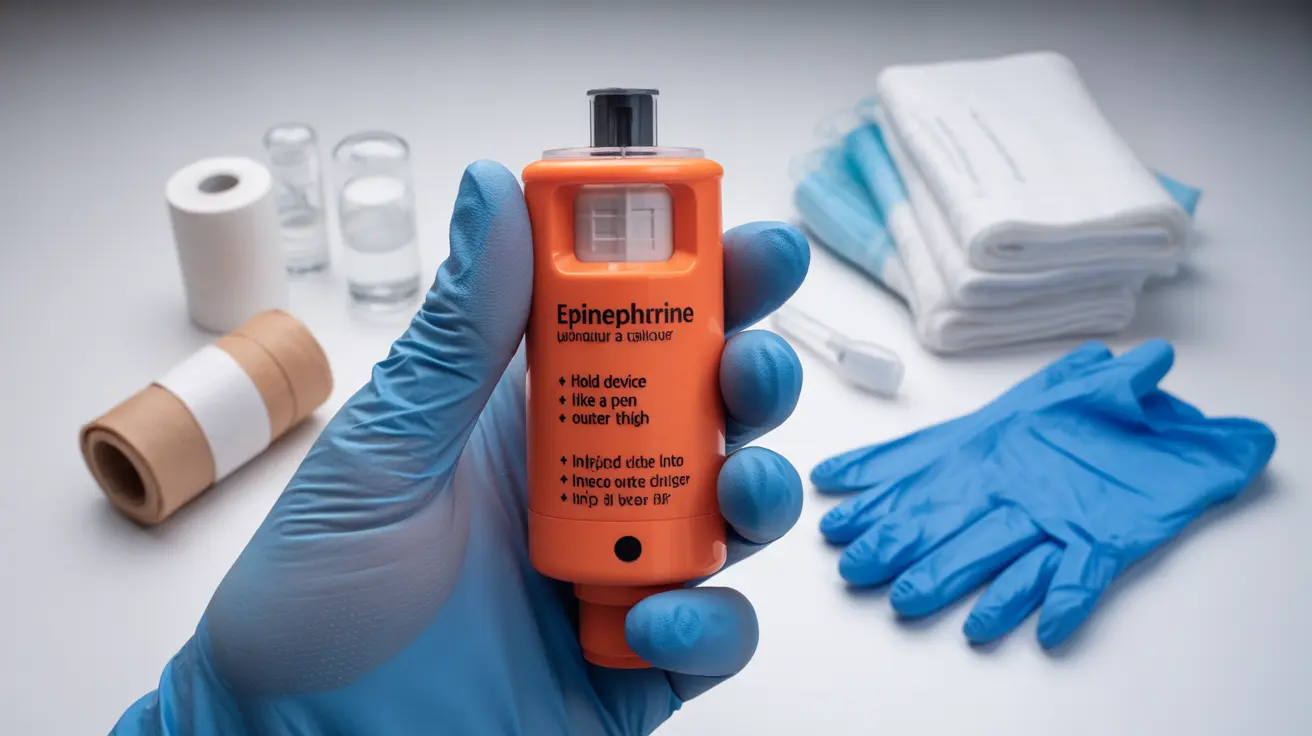Living with a latex allergy requires careful management and understanding of both treatment options and prevention strategies. Whether you experience mild reactions or severe symptoms, knowing how to effectively handle latex allergies is crucial for maintaining your health and safety. This comprehensive guide will help you understand the available treatments and essential prevention methods for latex allergies.
Understanding Latex Allergy Treatments
The treatment approach for latex allergies varies depending on the severity of your reactions. Healthcare providers typically recommend a combination of immediate interventions and long-term management strategies to ensure optimal care.
Treating Mild Reactions
For mild latex allergy symptoms such as skin redness, itching, or hives, several treatment options are available:
- Antihistamines to reduce allergic reactions
- Corticosteroid creams for skin symptoms
- Cold compresses to relieve itching and inflammation
- Removal of latex-containing items from the immediate environment
Managing Severe Reactions
Severe latex allergies require immediate medical attention and may include the following treatments:
- Emergency epinephrine administration
- Professional medical monitoring
- Respiratory support if needed
- Intravenous medications when necessary
Prevention and Avoidance Strategies
Preventing exposure to latex is the most effective way to manage a latex allergy. Understanding where latex might be present in your daily life is essential for successful prevention.
Common Items Containing Latex
Be aware of these everyday items that may contain latex:
- Medical supplies (gloves, bandages, medical tape)
- Rubber bands and elastic materials
- Some clothing items with elastic components
- Balloons and rubber toys
- Kitchen utensils with rubber grips
Creating a Latex-Safe Environment
Take these steps to minimize exposure risk:
- Inform healthcare providers about your latex allergy
- Wear a medical alert bracelet
- Choose latex-free alternatives for common items
- Check labels carefully before purchasing products
- Keep your environment free of latex-containing materials
Emergency Preparedness and Treatment
Being prepared for potential allergic reactions is crucial for anyone with a latex allergy. Understanding when and how to use emergency treatments can be life-saving.
Using Epinephrine Auto-Injectors
Learn the proper technique for using an epinephrine auto-injector and know when it's necessary:
- Carry your auto-injector at all times
- Familiarize yourself with the injection technique
- Check expiration dates regularly
- Train family members and close friends on proper usage
Long-Term Management Options
While there's no cure for latex allergies, several long-term management strategies can help improve quality of life:
- Regular consultations with an allergist
- Environmental modifications
- Alternative material identification
- Ongoing education about new latex-free products
Frequently Asked Questions
What are the most effective treatments for mild and severe latex allergy reactions? For mild reactions, antihistamines and topical corticosteroids are most effective. Severe reactions require immediate epinephrine administration and emergency medical care.
How can I prevent latex allergy symptoms and avoid exposure to latex products? Create a latex-free environment, read product labels carefully, inform healthcare providers of your allergy, and always choose latex-alternative products when available.
When should I use an epinephrine auto-injector for latex allergy, and how does it work? Use an epinephrine auto-injector immediately if you experience severe symptoms like difficulty breathing, throat tightness, or severe swelling. The device delivers a measured dose of epinephrine to help reverse the allergic reaction.
Are there long-term treatment options like desensitization or allergy shots for latex allergy? Currently, there are no standardized desensitization protocols or allergy shots approved for latex allergies. Management focuses on avoidance and symptom treatment.
What common everyday items contain latex that I should avoid to manage my allergy? Common items to avoid include rubber gloves, balloons, elastic bands, some adhesive bandages, rubber toys, and certain medical supplies. Always check labels and choose latex-free alternatives.




